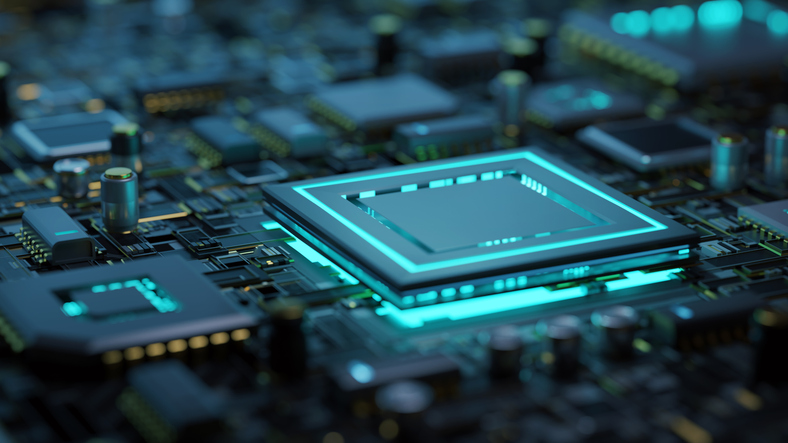India’s electronics sector has progressed significantly from primarily assembling to becoming a hub of design, innovation, and deep-tech development. This transformation did not occur overnight; it resulted from years of deliberate policy focus, investments, and a clear national goal of reducing reliance on imported technologies. Central to this change is the Electronics Development Fund (EDF), established to foster a pipeline of robust, innovation-driven startups. As the government frequently highlights the importance of India building technology rather than importing it, the current momentum underscores that commitment. In this spirit of self-reliance, the message often reiterated by leaders emphasises that India should not only consume technology but also produce it.
When the EDF was launched in 2016, India was still struggling with gaps in electronics manufacturing and design capability. Startups working in electronics found it hard to secure early funding because investors hesitated to back hardware-heavy, long-gestation technologies. The sector needed patient capital, experienced fund managers, and a support system to take innovations from labs to market. EDF was designed as a fund of funds to solve exactly this problem; rather than investing directly in startups, it invested in professionally managed daughter funds that understood technology deeply and could guide young companies with both capital and mentorship.
Over the years, this structure has begun to show measurable results. With ₹257.77 crore invested across eight Daughter Funds and a massive ₹1,335.77 crore mobilised in follow-on investments, the impact has gone far beyond the initial government contribution. Startups supported under the EDF umbrella now operate in cutting-edge areas such as Internet of Things (IoT), autonomous vehicles, Artificial Intelligence and Machine Learning (AI/ML), drones, cybersecurity, and health tech fields that will shape the global technology economy in the coming decade. The creation of over 23,600 high-skill jobs and more than 360 Intellectual Properties (IPs) shows that India is no longer just assembling gadgets; it is designing the future.
Earlier, Indian startups faced a serious challenge: even after developing strong technology, scaling was slow because funding was limited. Today, the scenario is markedly different. With EDF-supported Daughter Funds backing 128 startups and already successfully exiting 37 of them, India has created a self-sustaining investment cycle within electronics. Returns of ₹173.88 crore through exits show that this model is not only working but also generating confidence among private investors. This shift marks a new phase; innovation is no longer charity-driven, it is market-driven.
The program’s design is also a major reason behind its success. By keeping EDF’s stake in Daughter Funds’ minority and giving fund managers full autonomy, the system ensures flexibility, speed, and professional oversight. It covers the full electronics value chain, ensuring that everything, from semiconductor design to robotics, can benefit. Most importantly, every Daughter Fund is registered under the Securities and Exchange Board of India’s Alternative Investment Fund (AIF) framework, bringing regulatory clarity and investor trust. What began as a government initiative has now become a platform where private and public capital grow together.
Looking ahead, the advantages for India are vast. As demand for electronics continues to rise, a strong domestic design ecosystem reduces reliance on imports and strengthens national security in sensitive technology sectors. With more Intellectual Property (IP) being created within India, global companies will increasingly look towards Indian startups for partnerships and acquisitions. The momentum also supports the broader mission of building a digitally empowered nation where innovation becomes a natural process rather than an exception.
In the larger story of India’s technological rise, the Electronics Development Fund represents a turning point. What started as an attempt to support early innovation has now evolved into a nationwide movement where research, entrepreneurship, and investment come together. If this pace continues, the next decade could see India not only meeting its own electronic needs but also emerging as a global innovation leader, designing products, building technologies, and shaping the future of the digital world from within its own borders.










